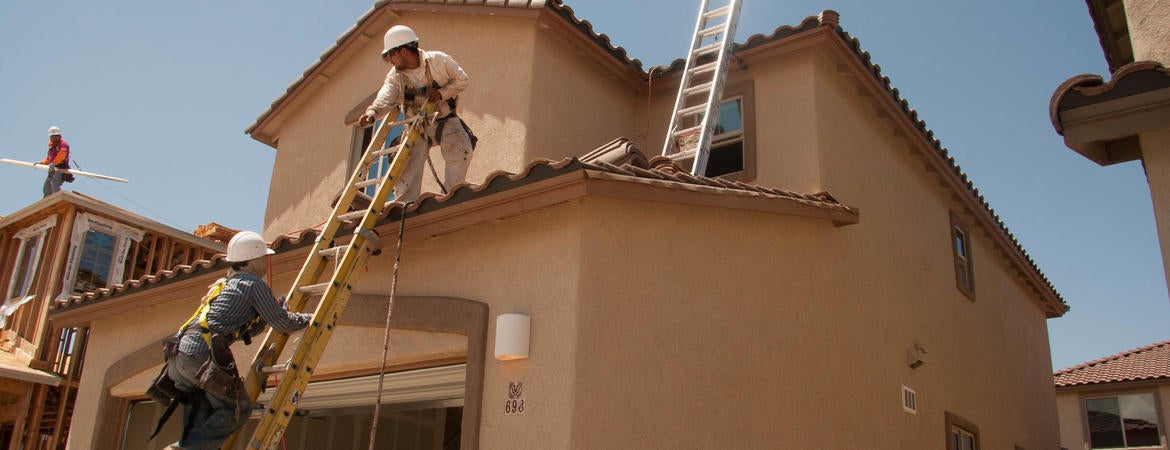
Local land use and zoning laws, as well as opposition to development by residents, are primary obstacles to building badly needed housing across Southern California, according to a new analysis released today by the UC Riverside School of Business Center for Economic Forecasting and Development. The report examines Southern California’s progress under the state’s Regional Housing Needs Assessment, or RHNA, which mandates how many and what types of housing units each jurisdiction in California needs to allocate and plan for in order to meet local housing needs at all levels of affordability.
Compared to all jurisdictions in the state, Southern California turns in an ‘average’ performance in terms of complying with RHNA’s reporting requirements but that is not indicative of average or more housing production. The analysis examines the Southern California Association of Governments’ jurisdiction under RHNA, which includes Imperial, Los Angeles, Orange, Riverside, San Bernardino, and Ventura Counties. To date, across these areas, less than 30% of the housing units mandated by RHNA for all affordability levels have been permitted for building.
“Because of the sheer size of the region, that statistic helps to illustrate just how chronically behind most jurisdictions in California are in terms of developing new housing,” said Adam Fowler, Director of Research at the Center for Economic Forecasting and one of the report authors. “We’re now halfway through the current 8-year RHNA cycle and ideally would want to see a number closer to 50%.”
Fowler and his co-author Hoyu Chong, a Senior Research Associate at the Center, emphasize that the Southern California region studied in the analysis is especially critical because it is home to more than 70% of the state’s population.
Given the dominant share of residents who live in the region, and California’s acute housing shortage, it’s particularly problematic that the analysis finds the area is further behind in producing low- and moderate-income housing. In fact, the only housing units that have seen significant progress, and are closer to meeting the RHNA mandate, are units that are affordable for those with above-moderate-income levels. Across the six-county Southern California jurisdiction, more than half (52%) of these units have been permitted compared to just 9% of very-low-income, 9% of low-income, and 16% of moderate-income units. Looked at another way, 77% of all the housing units permitted within the region under the current cycle have been for the above-moderate-income level despite the fact that just 42% of the units mandated by RHNA are allocated for that level.
The same general pattern persists in all of the six counties except Imperial, where just 4% of housing units for above-moderate-income households have been permitted versus 30% for moderate-income households. Los Angeles County has the worst imbalance, with 5 out of every 6 housing units permitted falling within the above-moderate-income level, even though just 3 out of every 7 housing units mandated by RHNA are allocated for that level.
According to the analysis, the key reasons behind the lack of housing production across income levels, but especially among lower-income units, include local opposition to development and local zoning and land use laws that are simply not conducive to developing affordable housing. Within the Southern California jurisdiction, for example, the median minimum lot size is bigger than in the rest of California. Moreover, both the minimum and maximum number of single-family homes allowed per acre is lower, and the minimum unit size is considerably higher.
“There are some really fundamental obstacles facing Southern California and jurisdictions across the state in terms of developing smaller, denser, less expensive housing,” says Fowler. The study’s authors argue that local jurisdictions should take steps that include redefining housing needs, developing zoning regulations based on existing demand, and aligning housing development with projected demographic changes.
The new report follows an analysis released by public policy group Next 10 that examined all the state’s RHNA jurisdictions and found most to be behind in permitting new homes and significant numbers not participating in the reporting process at all.
The complete analysis, California’s Housing Crisis: Goals and Production in Southern California is available here.



